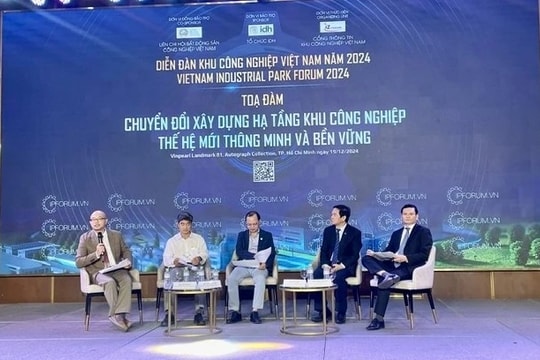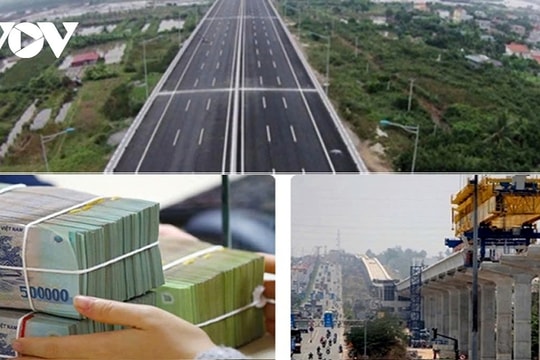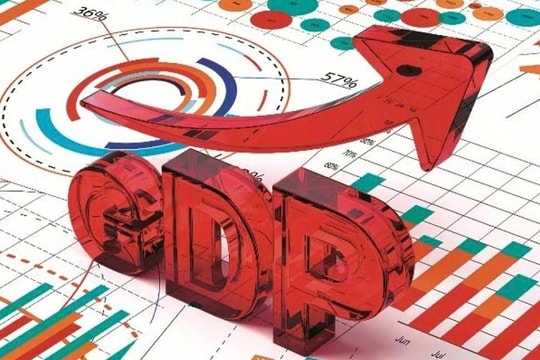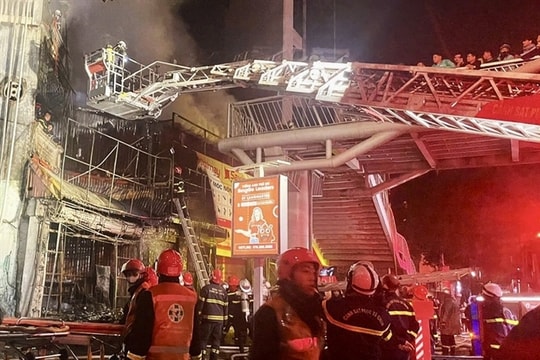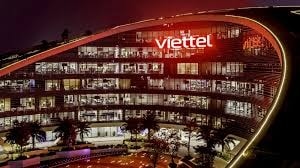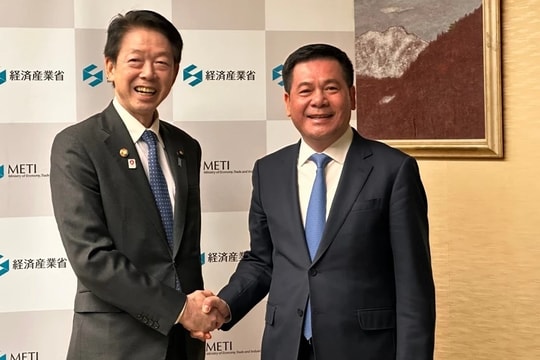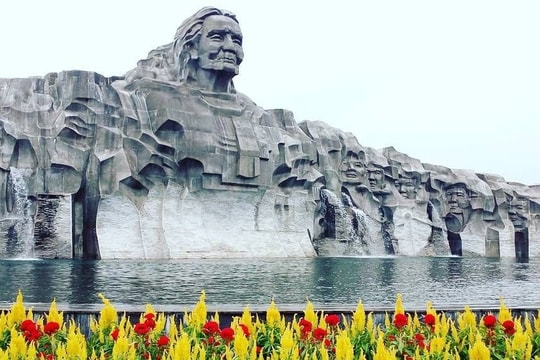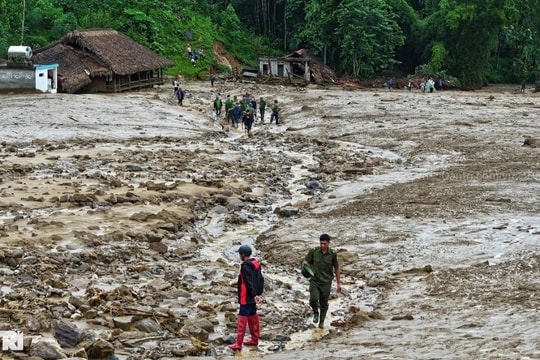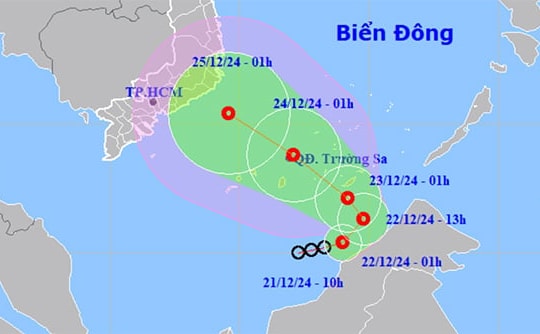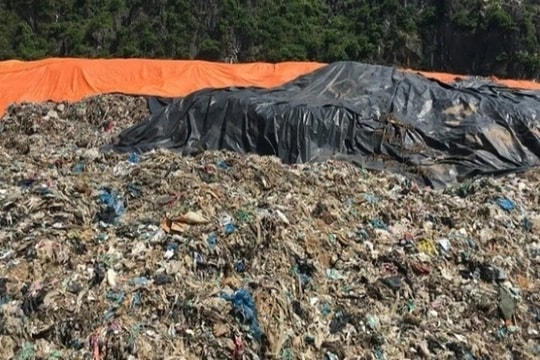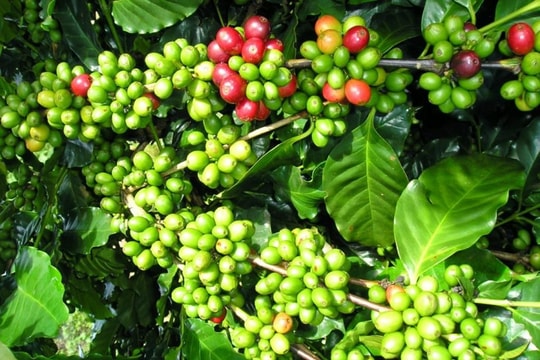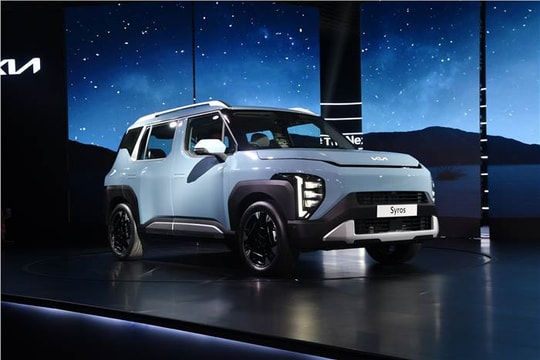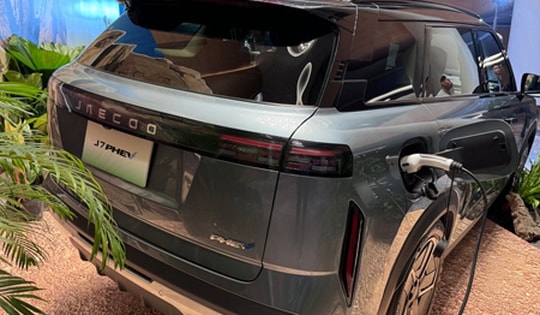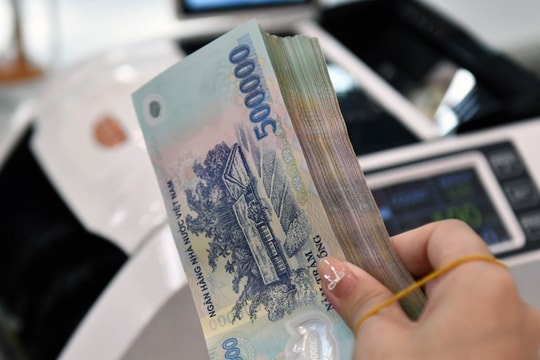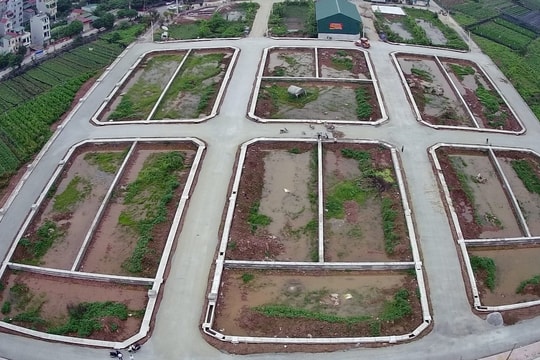HCM City aims to achieve dual target in digital transformation, green transition
HCM City’s People's Council has passed a master plan on adjustments to the General Planning of the city until 2040 with a vision to 2060, focusing on dual transformation activities (digital transformation and green transition).
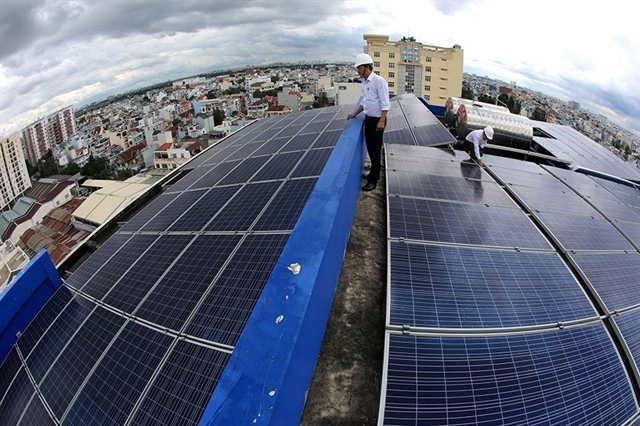 |
| Rooftop solar panels are installed on a building in HCM City's Gò Vấp District. — VNA/VNS Photo Ngọc Hà |
HCM CITY — HCM City’s People's Council has passed a master plan on adjustments to the General Planning of the city until 2040 with a vision to 2060, focusing on dual transformation activities (digital transformation and green transition).
Under the master plan, the city’s population is expected to reach 13 million people by 2040, 14.5 million people by 2050, and 16 million people by 2060.
The Internet will be available on a large scale and have in-depth coverage in key economic sectors.
Labour market development and a creativity environment will continue to help the city be an attractive destination for young people who will have access to and apply digital technology faster than previous generations.
The number of workers in the city is increasing. The rate of trained workers is 85.2 per cent, and workers with university orhigher degrees is 18.8 per cent, higher than the whole country of 10.6 per cent. Labour productivity is 2.6 times higher than the whole country.
Digital technology will penetrate deeply into life and the working environment, gradually forming digital habits among city dwellers.
The city has taken significant steps in its green transition. Positive changes seen in the development of transport infrastructure and cultural areas along the Sài Gòn River, and waterway routes in the inner city and inter-regional traffic connections are a great example of the transition.
In the action plan responding to climate change for the 2021-30 period, the city sets a target of reducing emissions by 10 per cent by 2030, developing a mass transit public transportation system and metro lines, and promoting the transition to using environmentally friendly fuels.
The city is mobilising all resources to achieve these goals, including financial sources, high-quality human resources, connections and co-operation.
In January, the city called for investment in 28 projects in the green growth programme with a total capital of nearly VNĐ160 trillion (US$7 billion).
It aims to turn the Sài Gòn High-Tech Park into the country's first high-tech park achieving net-zero emissions.
Australian Prime Minister Anthony Albanese announced a support package worth A$105 million ($69.5 million) for Việt Nam’s climate change response and energy transition during his official visit to the country in June last year.
Australia also increased 2.5 per cent of ODA for Việt Nam in the fiscal year 2023-24 and proposed to consider ODA co-operation as an important element in the partnership in the future.
The Australian Government, through the World Bank, has sponsored the city to develop a data management strategy by 2025, with a vision to 2030, creating the foundation for the city's digital transformation process.
Experts said that the city needs to improve mechanisms to mobilise diverse resources effectively.
It also needs to promote investment co-operation in various fields, attract new resources from green bonds, develop a carbon market and green credit, and exploit data resources. — VNS



